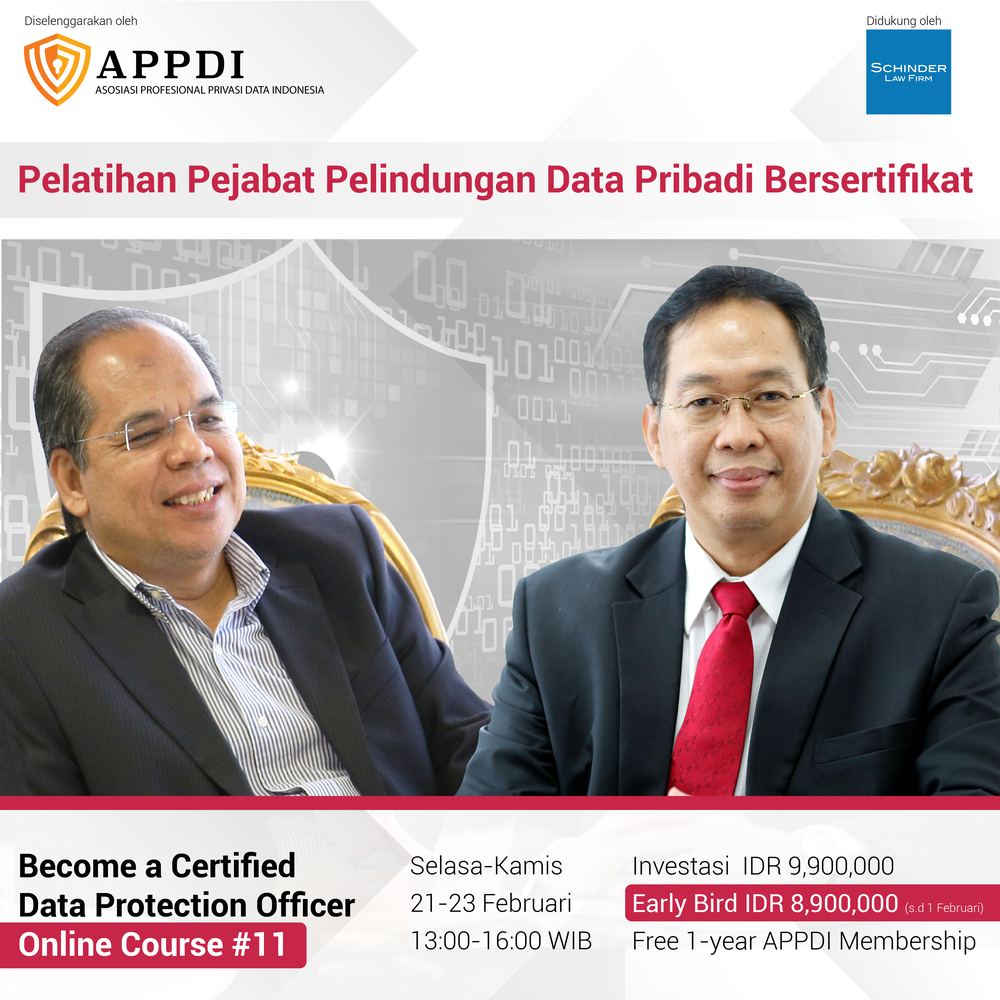Firdaus Muhammad-Sukki1,*, Siti Hawa Abu-Bakar4 , Siti Hajar Mohd Yasin5 ,
Ridoan Karim3,6, Nurul Aini Bani7 , Abdullahi Abubakar Mas’ud8, Jorge Alfredo Ardila-Rey9 , Radhakrishna Prabhu1 and Nazmi Sellami1,*
Abstract – Solar energy has demonstrated promising prospects in satisfying energy requirements, specifically through solar photovoltaic (PV) technology. Despite that, the cost of installation is deemed as the main hurdle to the widespread uptake of solar PV systems due to the use of expensive PV material in the module. At this point, we argue that a reduction in PV cost could be achieved through the usage of concentrator—which are commonly produced from polymers. A solar concentrator is a type of lens that is capable of increasing the collection of sun rays and focusing them onto a lesser PV area. The cost of the solar module could then be reduced on the assumption that the cost of introducing the solar concentrator in the solar module design is much lower than the cost of the removed PV material. Static concentrators, in particular, have great promise due to their ability to be integrated at any place of the building, usually on the building facade, windows and roof, due to their low geometrical concentration. This paper provides a historic context on the development of solar concentrators and showcases the latest technological development in static photovoltaic concentrators including non imaging compound parabolic concentrator, V-trough, luminescent solar concentrator and quantum dot concentrator. We anticipated that the static low concentrating PV (LCPV) system could serve to enhance the penetration of PV technology in the long run to achieve the Sustainable Development Goal (SDG) 7—to open an avenue to affordable, reliable, sustainable, and modern energy for all by 2030.
Keywords – solar energy; solar photovoltaic; solar concentrator; energy
2School of Engineering and Physical Sciences, Department of Mechanical Engineering, Heriot Watt University, Academic City, P O Box 294345, Dubai, UAE; syed_saad93@hotmail.com
3Faculty of Law, University of Malaya, Kuala Lumpur 50603, Malaysia; abmunir@um.edu.my (A.B.M.); ridoankarim@um.edu.my (R.K.)
4Universiti Kuala Lumpur British Malaysian Institute, Batu 8, Jalan Sungai Pusu, Gombak 53100, Selangor, Malaysia; hawa012@gmail.com
5Faculty of Law, Universiti Teknologi MARA, Shah Alam 40450, Malaysia; smohdyasin@yahoo.com
6School of Business Administration, East Delta University, Abdullah Al Noman Road, Noman Society, Mozaffor Nogor, East Nasirabad, Khulshi, Chittagong 4209, Bangladesh
7Razak School of Engineering and Advanced Technology, Universiti Teknologi Malaysia, Kuala Lumpur 54100, Malaysia; nurulaini.kl@utm.my
8Department of Electrical and Electronics Engineering, Jubail Industrial College, P O Box 10099, Jubail 31961, Saudi Arabia; masud_a@jic.edu.sa
9Department of Electrical Engineering, Universidad Técnica Federico Santa María, Santiago de Chile 8940000, Chile; jorge.ardila@usm.cl
*Correspondence: f.b.muhammad-sukki@rgu.ac.uk (F.M.-S.); n.sellami@rgu.ac.uk (N.S.)



